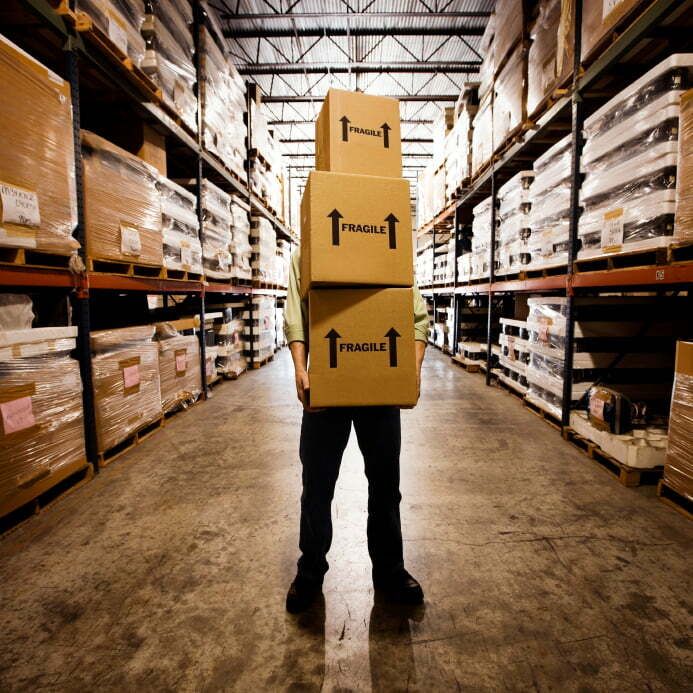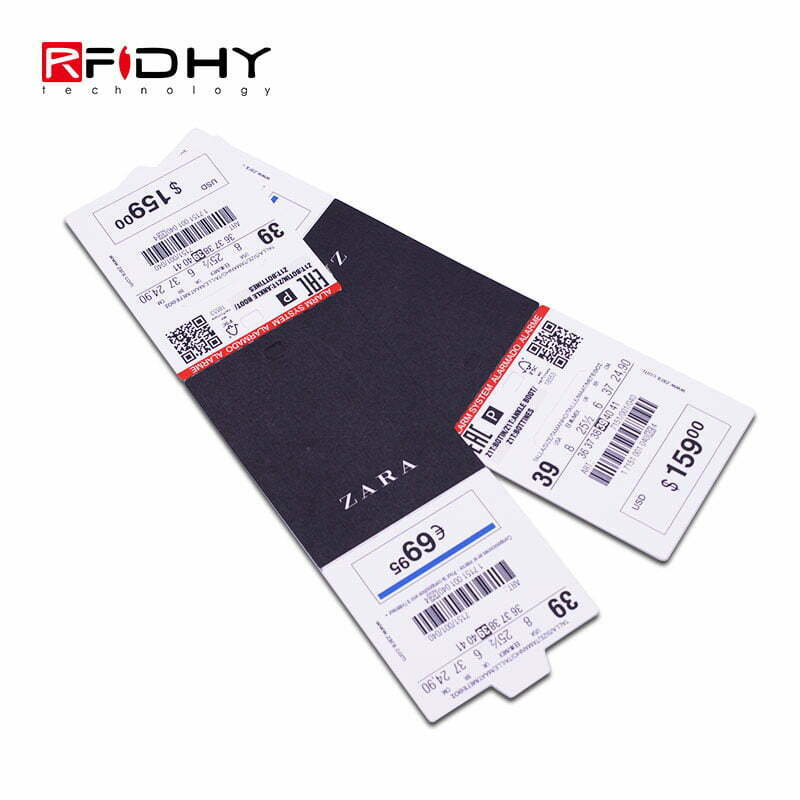De RFID asset tags cost is further lower. Statistieken tonen aan dat de wereldwijde UHF RFID-tag verzendingen vorig jaar tussen 7 miljard en 9 miljard, en zal naar verwachting groeien met 30% dit jaar. Als grootste economie van China in de regio Azië-Pacific, de vraag naar RFID in de retail markt heeft grote macht getoond. Only the Harish House, La Chappelle, Mistitle, Inman, Mark Huafei, Fu Anna, enz. represent the RFID tags for apparel retail applications. The demand has been spurred.

Due to different applications, the label requirements are different, and the RFID asset tags cost have a huge different. The dry inlay RFID asset tags cost of an ordinary aluminum etched antenna can be done for a few cents, but the higher protection level or the more complicated process of the electronic label is more expensive. Unmanned supermarkets are more conventional label, and the general RFID asset tags cost is not high.

Looking at the RFID asset tags cost market structure this year, there are two obvious growth points: Eerste, the application of RFID in the apparel field continues to expand, and large-scale application projects such as Harish Home, Lexie, and UR have increased the label usage; Under the investment and financing boom of unmanned retail, RFID companies actively participated in the competition and cooperated to launch a variety of RFID tag products and system solutions, and have begun to land.
RFIDHY is a leading integrated solution provider for RFID asset tags antennas, RFID tags and smart retail devices in China. It is also one of the few companies in China that can compete directly with similar foreign companies in the RFID market in the industrialized countries of Europe and the United States.
Domestic small-scale electronic label companies are still dominated by overseas markets. Echter, Lin Jialiang, general manager of Xminnov Information Technology Co., Ltd. zei: “The overall market in China this year is better than expected at the beginning of the year. From the perspective of project demand, RFID has traditional advantages in logistics, opslag, Vermogensbeheer, clothing retail, and smart manufacturing. The phenomenon of acceleration.” Lin Jialiang believes that this is due to the positive impact of domestic macroeconomic policies and the necessary result of the transformation and upgrading of traditional enterprises.
According to Alex Xing, an RFID technology consultant at RFIDHY, RFID may be a “perfect” transition for unmanned retail applications, but at the same time the company has earned a market reputation for itself; and RFID is used in the unmanned retail sector. How far can you go, perhaps by the end of 2019? It is reported that XMINNOV has successfully developed a high-performance UHF electronic label suitable for direct application on the surface of liquid packaging, and has reached a strategic cooperation with Zonke Traceability, respectively in U.S. Ai Wisdom Store and Yu Shunhong RFID vending cabinet have carried out the scene measurement, no matter from the reading of single items or batch reading and writing, it has fully adapted to the actual application needs.
De RFID-asset-tags kosten verder te verlagen, the cost advantage is lower
Some end users have said in an interview that although there have been more and more customized labels in the past two years, the quality is not uniform, and the prices are also different. There are many confusions during the purchase. In dit verband, Lin Jialiang said that in general, electronic tags should be used as industrial consumables in the system, and the price is also inevitable. Every RFID asset tags company should think more about how to make its own added value.
Lin Jialiang also pointed out that with the emergence of mass-scale applications in the past two years, the price of general-purpose RFID electronic tags has approached the cost of manufacturers, so the space for label prices in the apparel industry continues to decline, and another one that determines label pricing The key will also depend on the price trend of the upstream chip.
Li Xuewen believes that the lower price of RFID is a good thing to attract end users to adopt RFID technology, and pointed out that the price of RFID tags has yet to be reduced in the field of clothing, otherwise it will not be able to really promote the application.
Luo Panxian revealed that the current price decline of RFID has exceeded the increase rate of its usage. This imbalance will damage the overall interests of RFID companies. daarom, from the perspective of hardware product suppliers, he hopes that enterprises should not excessive fight on the price.
Yang Tianrong, general manager of Shenzhen Songhe Yunlian Technology Co., Ltd. said that because the RFID industry has shown obvious acceleration this year, unmanned supermarkets and unmanned containers have driven the expansion of the passive RFID market, and indoor positioning demand and wireless sensor networks have driven active RFID. The market is growing rapidly, and at the same time this year’s RFID products have shifted from price competition to price/performance competition.
samengevat, the RFID asset tags cost in 2019, whether it is a label or a reader, we have seen a certain degree of looseness, and the customer acceptance reflected in the industry application has also been greatly improved.






